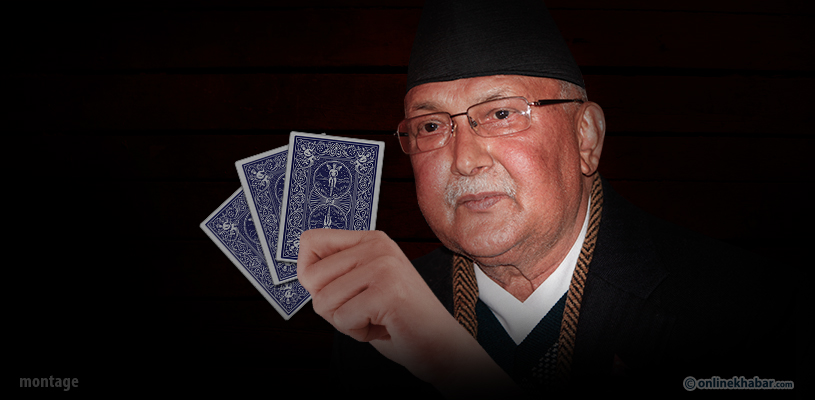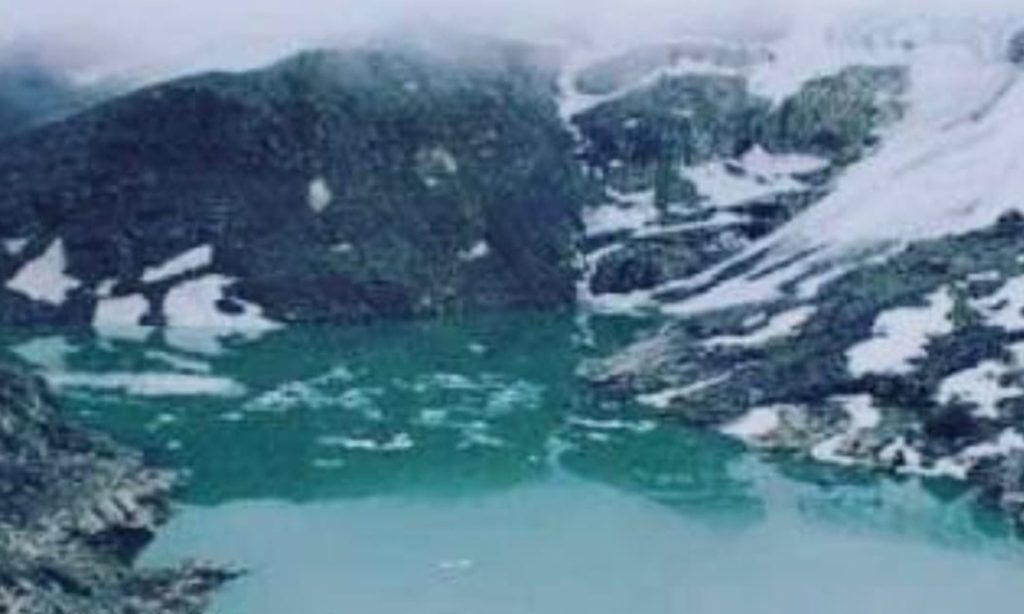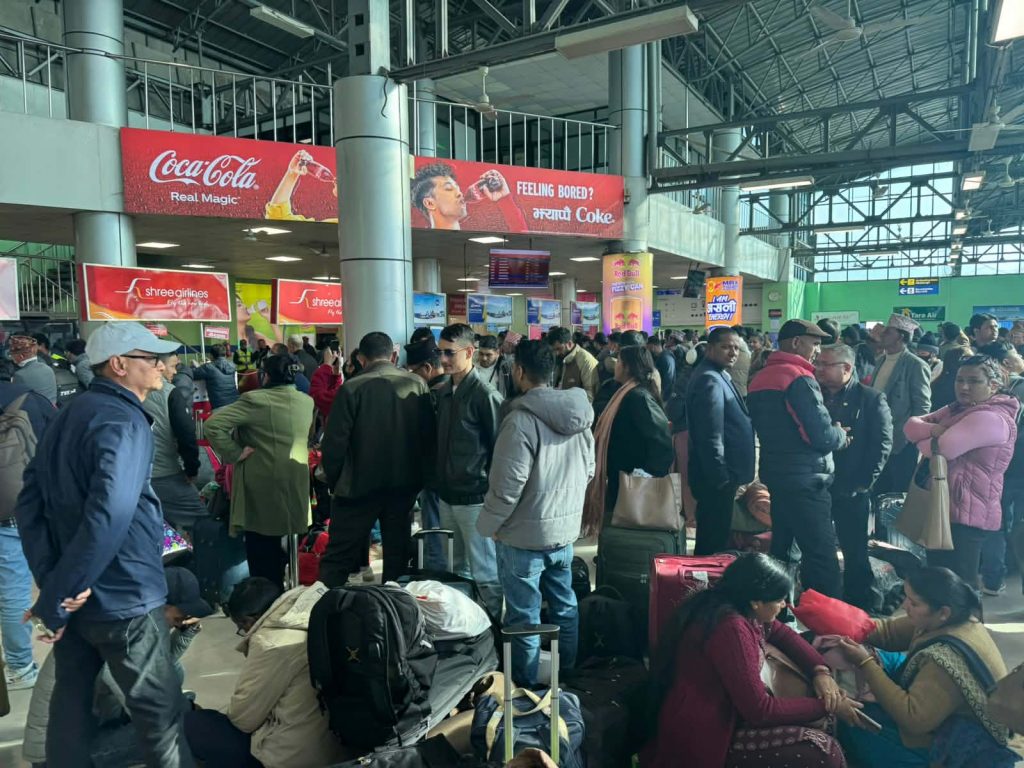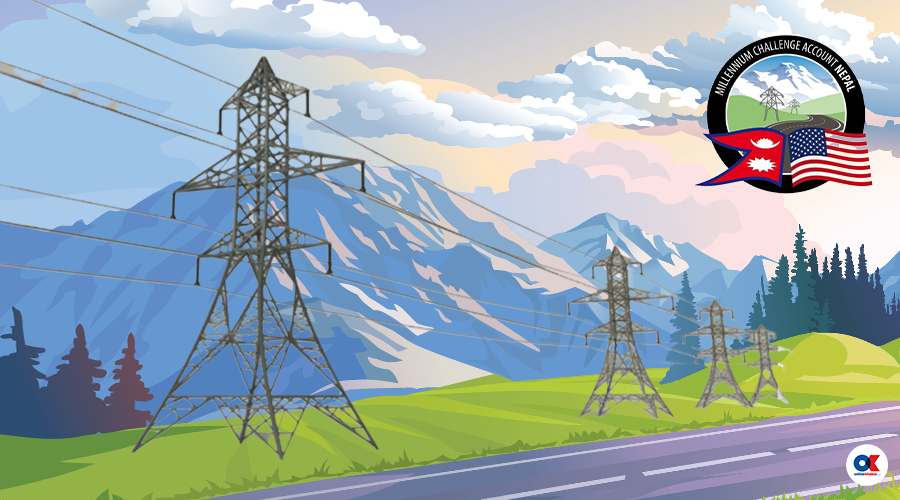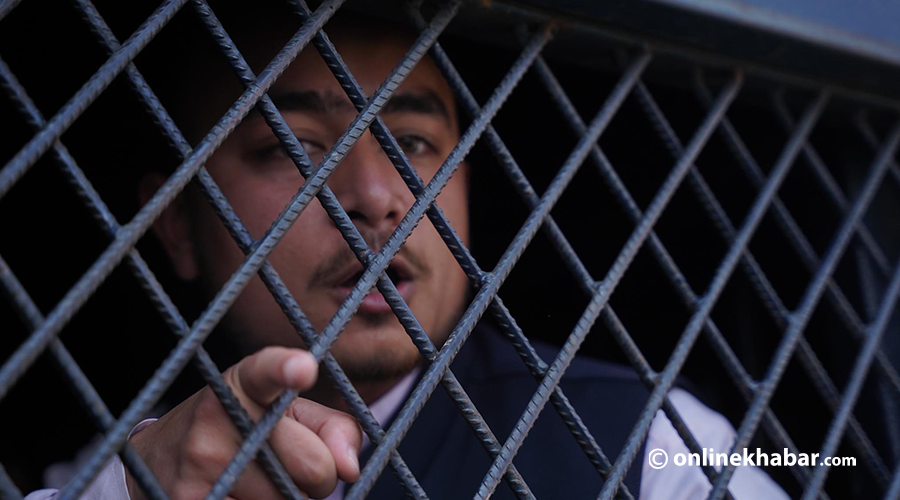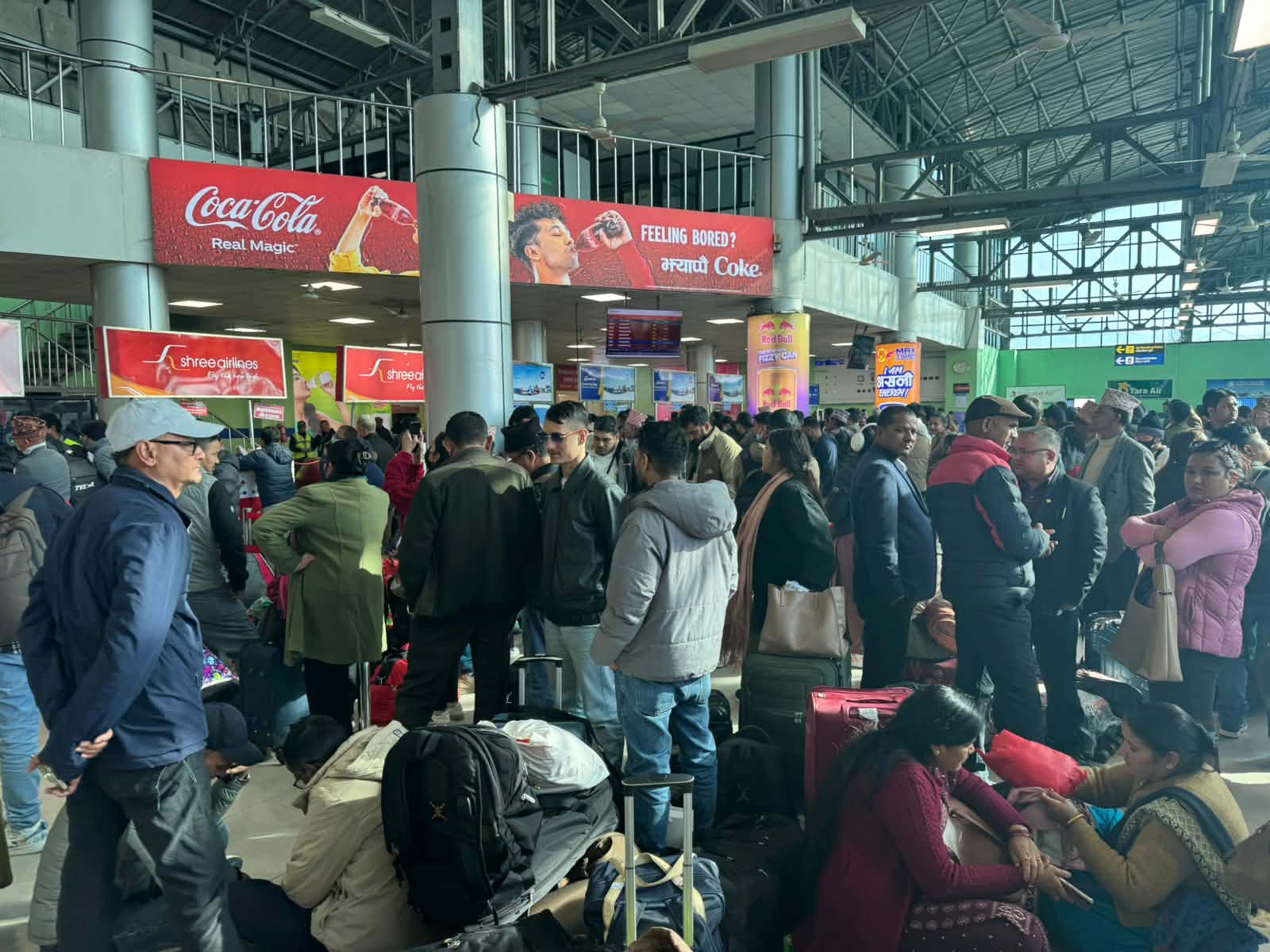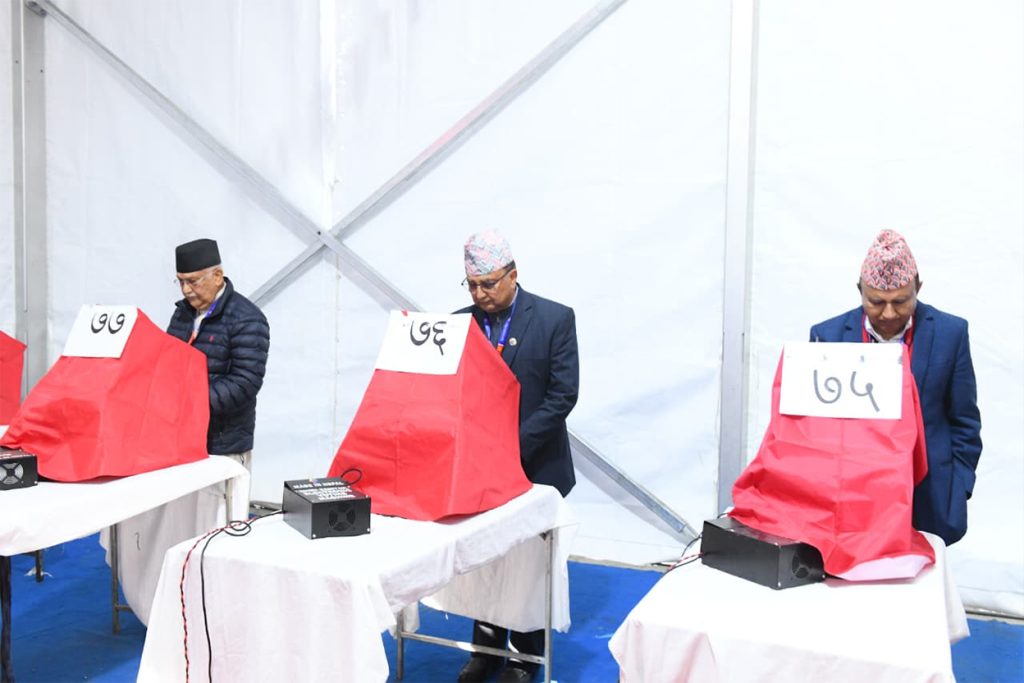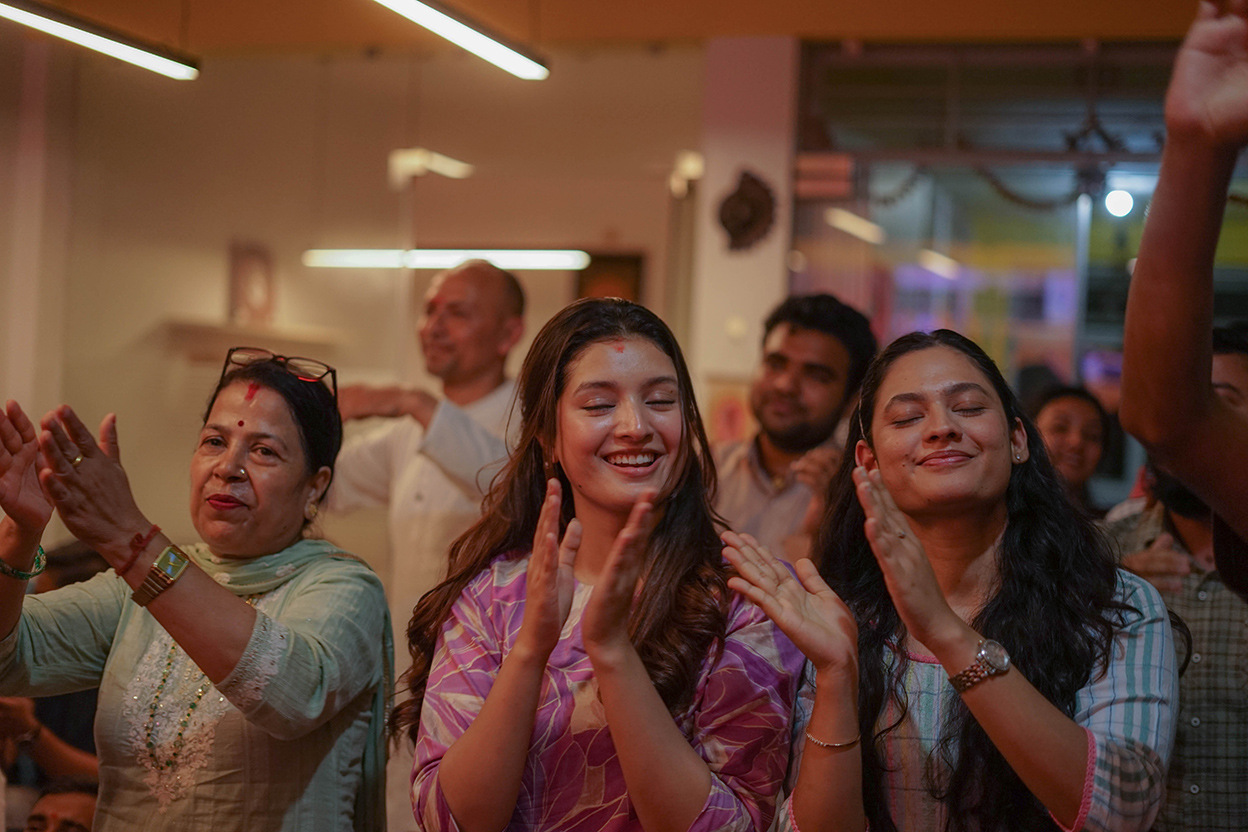A week after the junior coalition partner CPN-Maoist Centre decided to pull out of it, Nepal’s KP Oli-led ruling coalition has been theoretically reduced to a minority. When Prachanda, chairman of the Maoist party, decided to become the new Prime Minister, and the main opposition Nepali Congress agreed to back his bid, things looked pretty certain. The two parties plotting Oli’s downfall were fairly confident that once the Maoists leave the government, Oli would resign, and a new government under Prachanda’s leadership could be formed.
But Oli may have more options than his opponents would think he has. Oli has enough room to manoeuvre, and he can use it to prolong his stay in office. Here are the options he has:
1.
Resign
The Prime Minister’s first option is to tender his resignation. A motion of no-confidence has already been tabled against him in the Parliament, and he does not have the option of calling for a floor test himself. According to analysts, the Prime Minister could announce his resignation while the House debates the no-confidence motion, and this would save him from having to deal with the embarrassment of seeing the motion sail through.
The Prime Minister also has the option of letting the motion pass, and get relieved from his post under Article 298 of the Constitution.
2.
Resign, but also announce fresh elections
The second option the Prime Minister has is to tender his resignation, and announce fresh elections. This move would dent the opposition’s hopes of forming a new government. According to legal experts, the PM can use Article 296 of the Constitution for this.
If Oli decides to do so, then the House will not get to vote on the no-trust motion, and Oli will have the upper hand. Although Maoists have pulled out of the government, the no-confidence motion has only been backed by 254 MPs –well short of the magic 298.
3.
Dissolve Parliament
Under the parliamentary system of democracy, the Prime Minister has the right to dissolve Parliament, and Oli could exercise his right to do so.
If the Prime Minister, who theoretically still commands majority in Parliament, dissolves the House, the government will be reduced to caretaker status. During the early 90s, then NC leader and Prime Minister GP Koirala had dissolved the Parliament under similar circumstances, and the Supreme Court had backed his decision.
Please do comment below to let us know what you think he should do.



